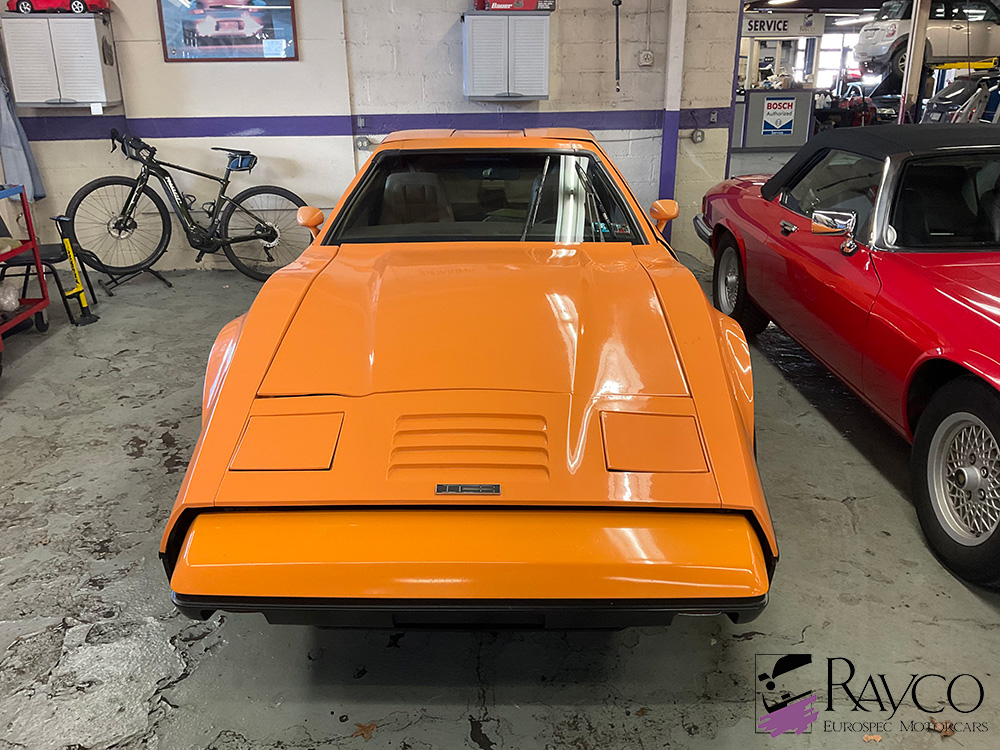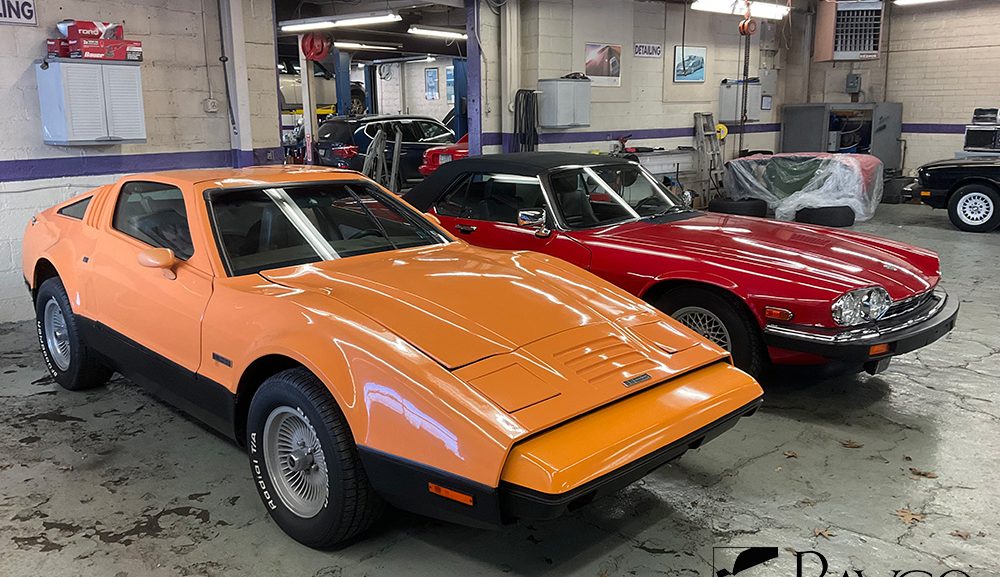In the automotive world, some cars become iconic not only for their performance but also for their uniqueness and the stories that surround them. One such vehicle that left an indelible mark on automotive history is the Briklin SV-1. Conceived by entrepreneur Malcolm Bricklin in the 1970s, the Briklin SV-1 (Safety Vehicle One) was a distinctive attempt to revolutionize car manufacturing with a focus on safety and innovation.
The Visionary Behind Briklin
Malcolm Bricklin, known for his entrepreneurial ventures in various industries, had a keen interest in automobiles. In the early 1970s, he envisioned creating a car that would prioritize safety without compromising on style or performance. This vision led to the birth of the Briklin SV-1, a car that aimed to redefine the industry standards.
Innovative Safety Features
The Briklin SV-1 was designed with safety as its paramount feature. One of its most unique safety features was the integrated roll cage, a concept not commonly seen in production cars at the time. The roll cage was built into the car’s frame, providing additional protection to the occupants in the event of a rollover.
Moreover, the SV-1 featured impact-absorbing bumpers, designed to absorb energy in a collision and reduce the risk of injury. These safety innovations were ahead of their time, and some aspects of the Briklin’s design would go on to influence safety standards in the automotive industry.
Distinctive Design
The Briklin SV-1’s design was a head-turner. With its gull-wing doors reminiscent of the iconic DeLorean DMC-12, the SV-1 had a futuristic and aerodynamic look. The choice of vibrant colors, including Safety Orange and Safety Green, added to its unique aesthetic.

However, the gull-wing doors were not just a stylistic choice; they were also meant to facilitate easy access to the car in tight spaces, as traditional doors might be challenging to open in cramped parking lots.
Performance and Powertrain
Underneath its striking exterior, the Briklin SV-1 boasted respectable performance. It was available with two engine options: a Ford 351 Windsor V8 and an American Motors Corporation (AMC) 360 V8. The powertrains were mated to an automatic transmission, providing a smooth driving experience.
Challenges and Demise
Despite its innovative features and eye-catching design, the Briklin SV-1 faced numerous challenges that ultimately led to its demise. Production delays, quality control issues, and financial difficulties plagued the company. The initial goal was to produce 12,000 units annually, but only around 2,800 SV-1s were manufactured during its production run from 1974 to 1976.
Legacy and Collectibility
While the Briklin SV-1 may not have achieved commercial success, its legacy endures among automotive enthusiasts and collectors. The unique combination of safety features, distinctive design, and limited production numbers contribute to the SV-1’s appeal as a collectible classic car.
The Briklin SV-1 stands as a testament to Malcolm Bricklin’s ambitious vision for a safer and innovative automobile. Despite the challenges it faced during its production, the SV-1 remains an intriguing chapter in automotive history. Its distinctive features and design elements continue to capture the imagination of car enthusiasts, ensuring that the Briklin SV-1 will always have a place in the annals of automotive innovation.

